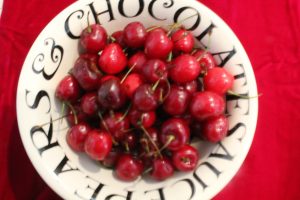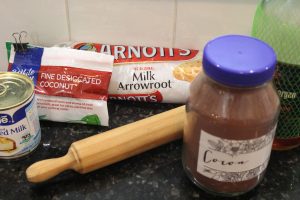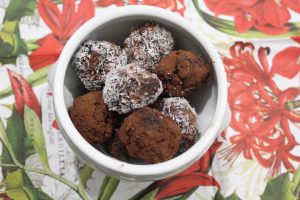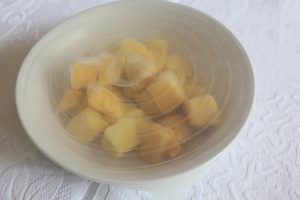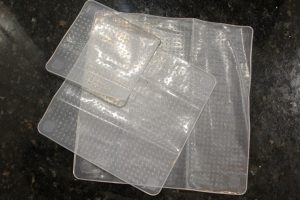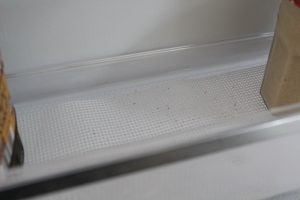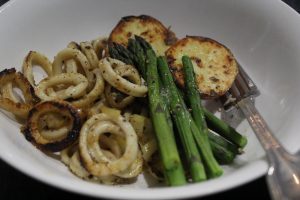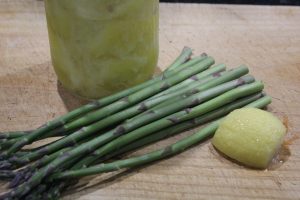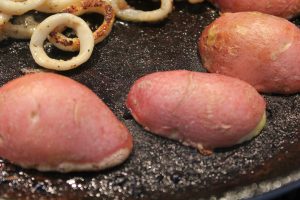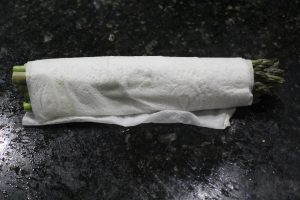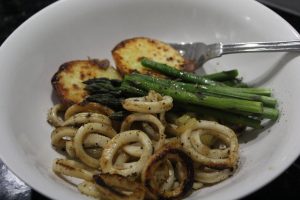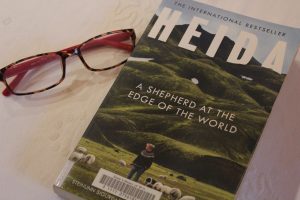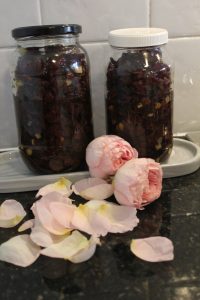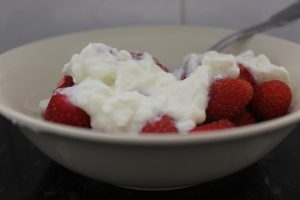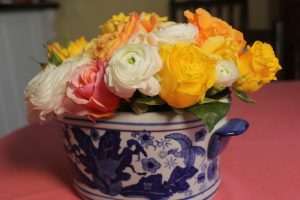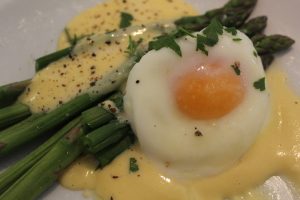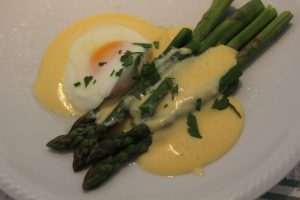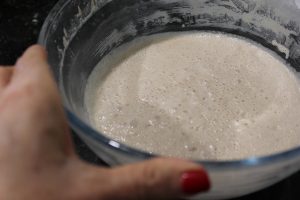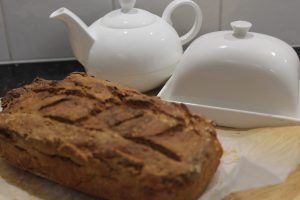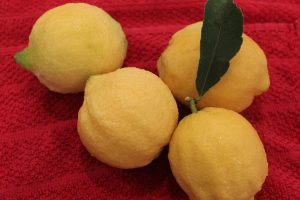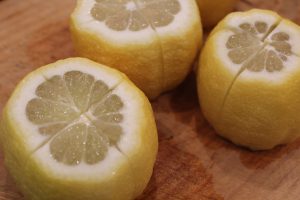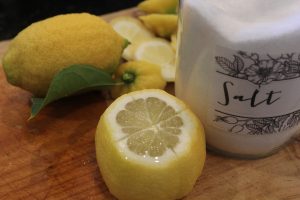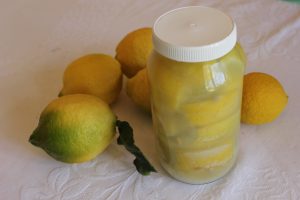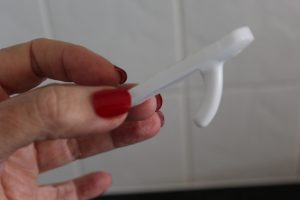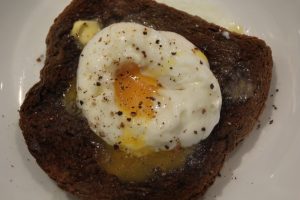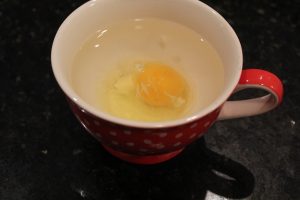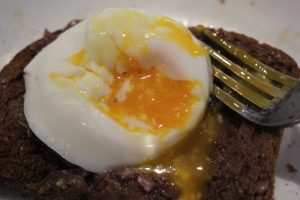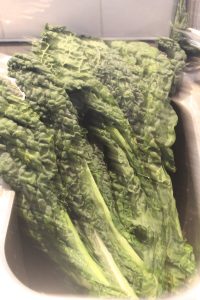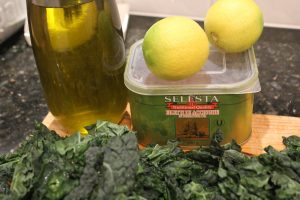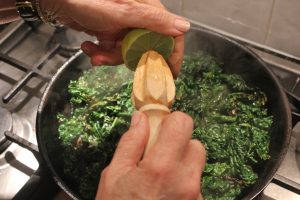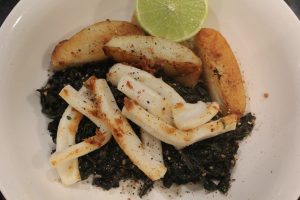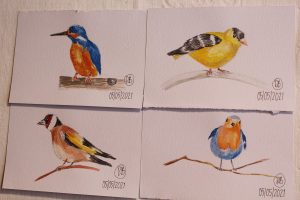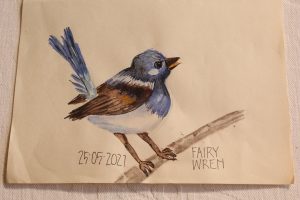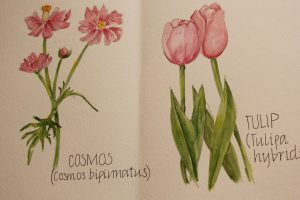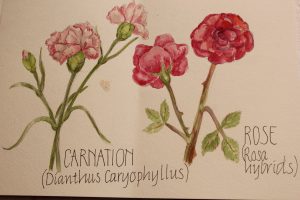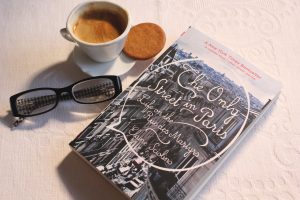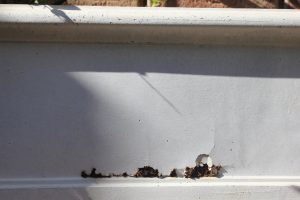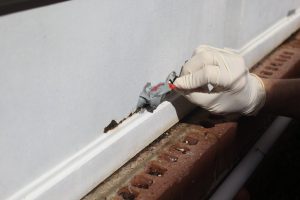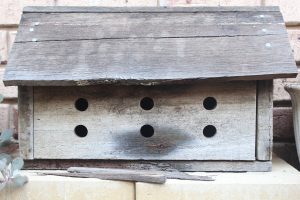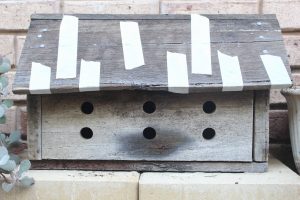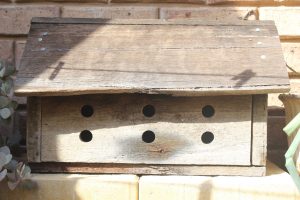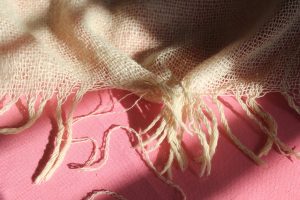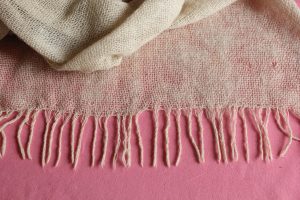Cleaning and reusing candle holders


An empty candle holder with a replacement pillar candle in it.
Do you burn candles for their scent? So many of them are packaged in the most attractive holders and I don’t want to throw them out! Some are glass and some are porcelain. They are quite easy to clean and reuse. My favourite scented candle is packaged in a tin. I’m still thinking of ways to use the pretty tins. The labels will peel off and the lids seal snugly.


Still deciding what I can do with these tins. Any ideas?
When the candle has burnt to the base of the holder you can light the remaining wick to melt as much wax as possible. Pour the liquid wax into something where it can set then be thrown in the bin. Don’t pour liquid wax down the drain! Then place the candle holder in the freezer. The wax shrinks a little and about five hours later you can use a knife blade to pop out the residual wax. There’s probably a metal disk in the base which can be eased out with the knife, too. Leave the holder to warm up before you wash it in hot, soapy water.
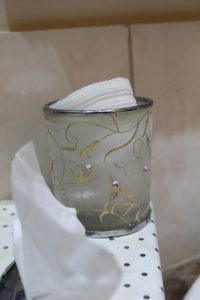

Then I reused this pretty holder to hold cotton pads. I’ve actually been reusing it for years in different ways.
Boil a kettle, squirt some detergent into the holder then add the boiling hot water. Leave for five minutes, swish it around then pour out the water and wipe with a paper towel. All the residual wax should be gone, but you might have to repeat the process. If I’m using the holder for food stuffs I put it through the dishwasher.


Stationery holders for pencils and paper clips.
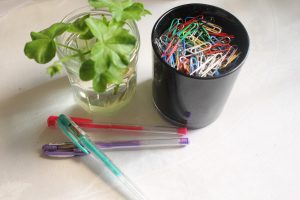

Now the fun bit, reusing the candle holder! Some have lids and some don’t, so that dictates what they can be used for, but they’re pretty versatile.
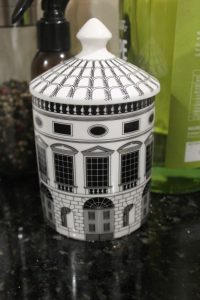

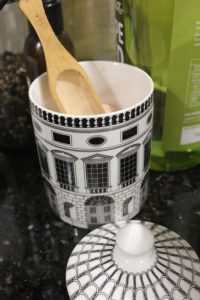

Once a candle holder now a salt container.
Some ideas for recycling candle holder include using them as vases for small bouquets, holders for pencils and other stationery such as paper clips, cotton face wipe holders, pretty pots for serving treats like wrapped nougat and other food things. I keep salt in one. I’ve reused them by putting short pillar candles inside them, too. Some people make their own candles to put into used candle holders.
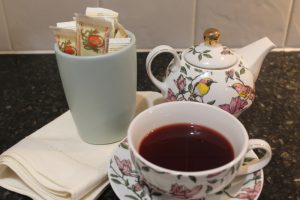

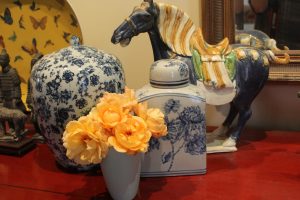

Now a pretty bowl for treats and sometimes a vase, too.


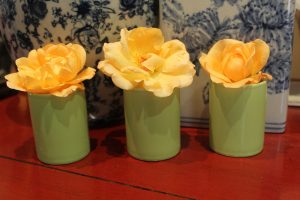

Sweet vases for single blooms.


These two have well sealed lids and will end up in the pantry with food in them. To get rid of any lingering scent after you cleaned out and washed the container leave it and the lid out in the sun in a safe place. Should be scent free in a few days.
ITALIAN NOUGAT
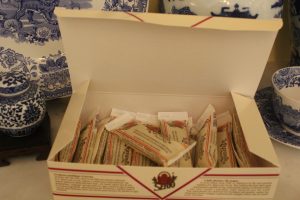

In case my paintings suggest we only eat healthy, fresh food I’ve included this photo of what we were eating one afternoon when it really, really hot. We were experiencing an historic heatwave. It was too hot to do anything at all active. Very delicious sweet, Italian nougat coated in dark, bitter chocolate whilst watching TV.
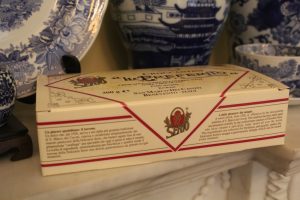

watching the parisian agency
So glad there’s a second series of Le Parisian Agency. (L’Agence) This series on Netflix follows the super successful but down to earth Kretz family and their real estate agency. The mother, father and three of their four sons all work together. The fourth son finishes high school during the second series and assumes one day he will join the agency, too. The family deals in the multi million euro market and the properties they sell are so interesting. Old, new and everything in between, originally in Paris but now throughout the country, too. We get a good look around properties few would ever get to visit. Fascinating, especially seeing how much of the original architecture from the Haussmann buildings has been retained.


Pixabay
Chateaus and palaces, once unpopular except with foreigners, are now becoming more sought after by the French. Foreigners buy deserted chateaus in need of restoration, the French like them already restored.
annual macaron day 20th march
Unsplash Heather Barnes
Unfortunately, this delicious day passed me by but I am willing to celebrate later than the actual day. Macaron Day began in Paris in 2005. Parisian macaron makers initiated the day to raise money for charities.
There’s some excellent recipes and demonstrations for making macarons on Youtube, but, for me, it’s far safer to buy a few from the patisserie rather than bake a tray of about 20 exquisite little treats. Way too tempting.
and finally, the last food painting
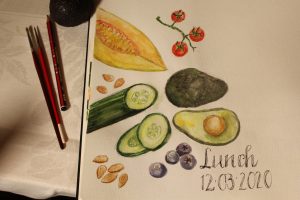

This is the last food painting! Moved onto other things now. Well, actually I’m back painting botanicals again.



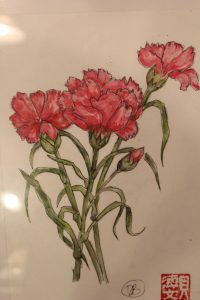
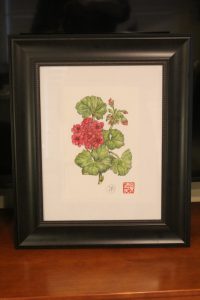
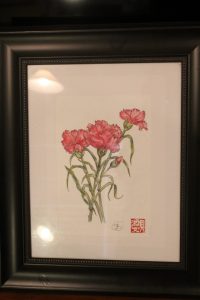

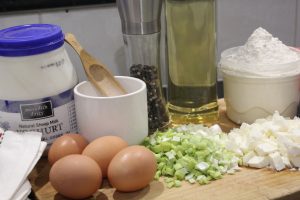
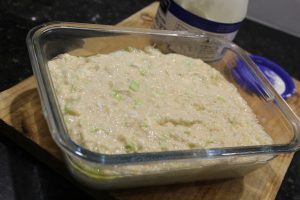
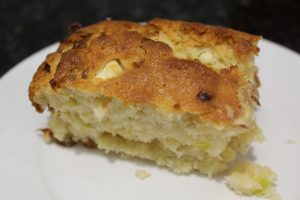

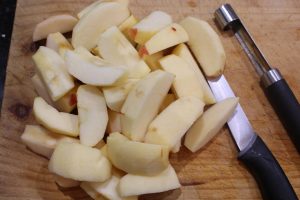
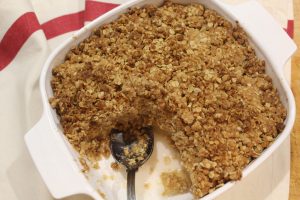








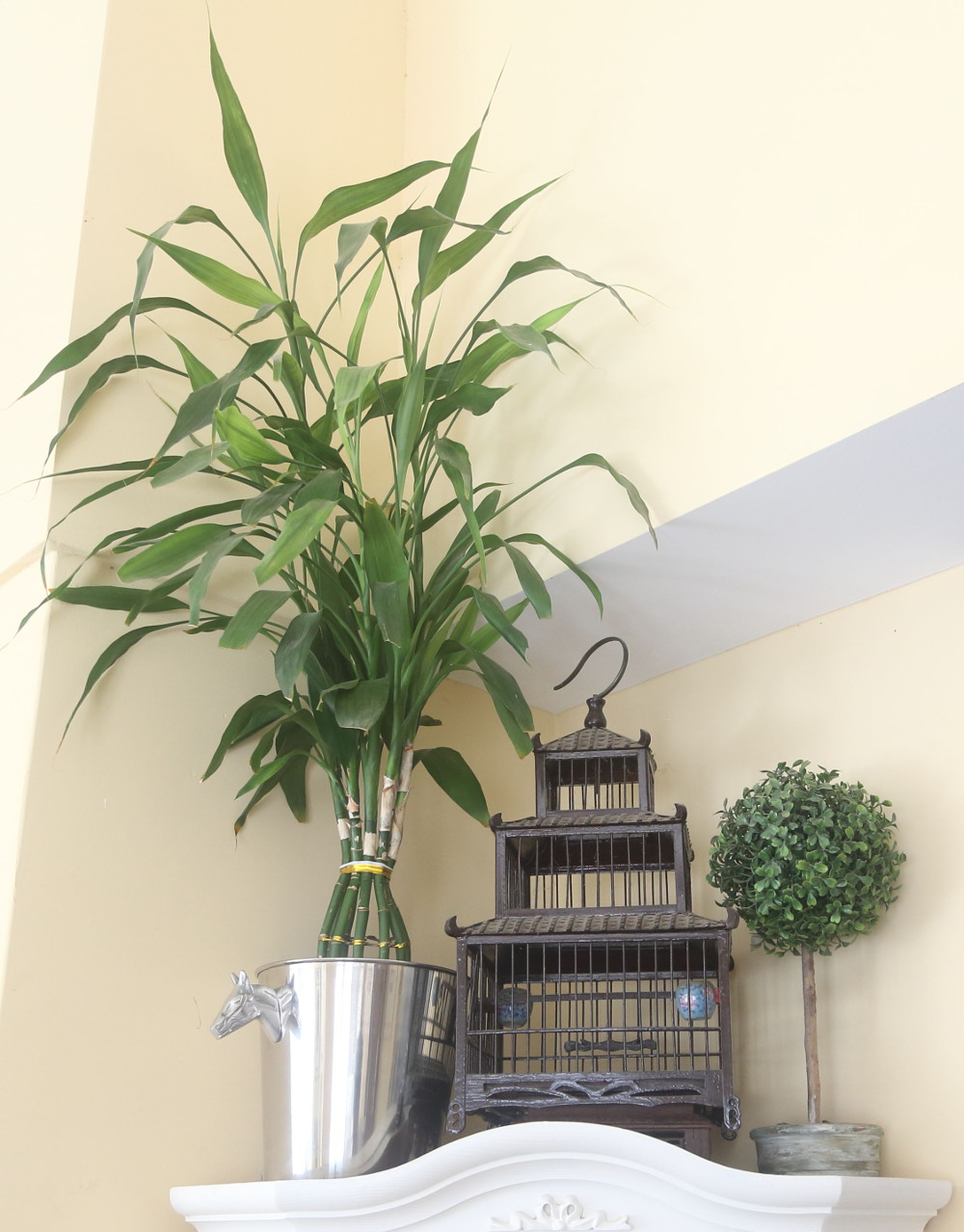

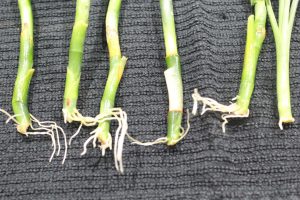
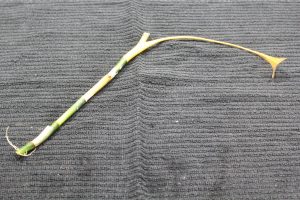

 unsplash
unsplash

 unsplash
unsplash
 unsplash
unsplash